Affiliate links on Android Authority may earn us a commission. Learn more.
Monetizing your Android app
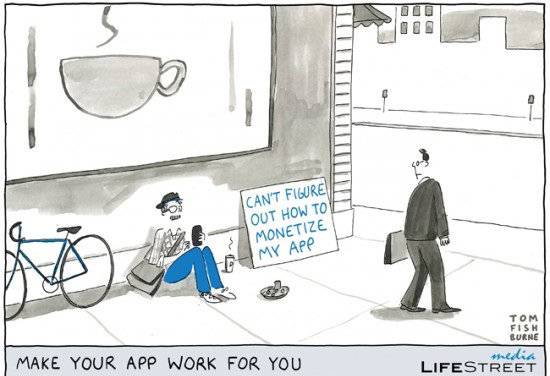
If I had a dollar for every time I was entrusted with the “next big app idea”, I would have about $48 — and I would have spent it already. This is not because some of these ideas weren’t very good. In fact, some were great! It is also not due entirely to the lack of time, funding, resources or manpower and talent that must be devoted to any successful project. Of course, these are all factors which can not only affect an apps outcome, but also whether a breakthrough idea gets realized or not. In the end, when the code is written, the beta tests are complete and the downloads are rolling in, one monolithic obstacle still remains between you the developer, and holidays on your private yacht with [insert favorite celebrity here].
What’s better than downloads? Money.
Monetization is an aspect of the development process which alludes startups and established heavyweights alike. Even after millions of users have been acquired, the question of “how do I generate revenue from this?” is one that plagues anyone looking to quit their day job or satisfy investors. Those who have successfully navigated this path before and have emerged successful on the other side would likely tell you that the key to monetization starts first with strategy. Indeed, ideas can be miraculous in their conception, but ideas without an integrated and long term business strategy can lead you right back to your parents extra bedroom real fast. Fortunately today we are bringing you the magic elixir that every developer needs to be successful in the mobile app marketplace! Well, not exactly. While unicorn magic may help, here are some of the proven ways in which developers are successfully monetizing their applications.
Paid Apps
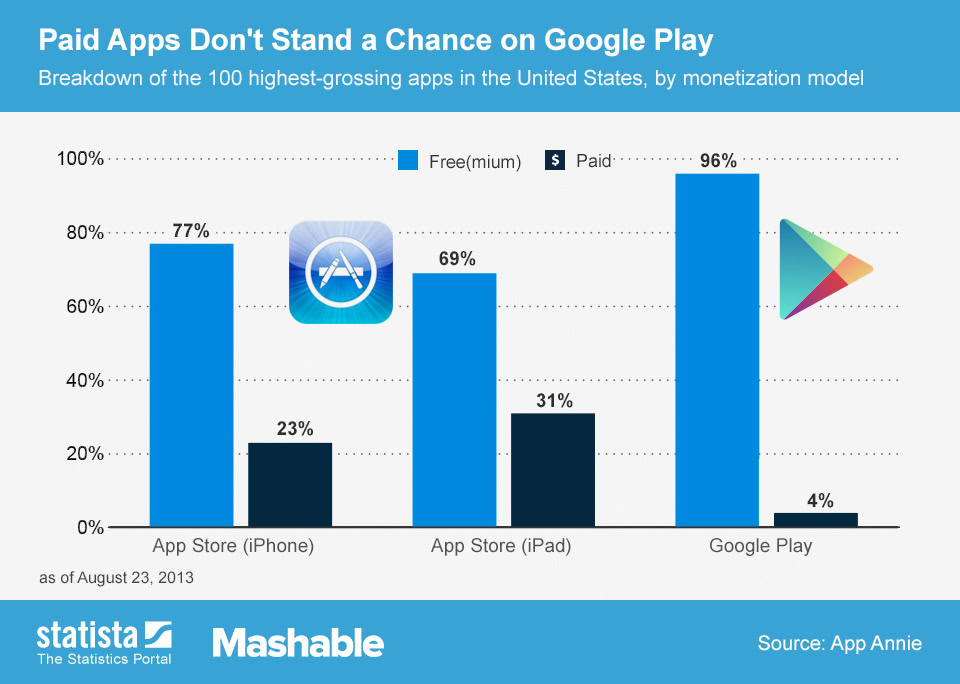
When the iOS App Store launched in 2008, it quickly set the standard for how apps would be distributed and monetized with a combination of free and paid apps. Revenue from paid apps would be the primary method of monetization for many developers in the early years of the App Store. Profitability peaked in 2011 when developers were earning an average of $26,720 per paid app. As a result, the number of premium apps ballooned to make up 20% of the market. This is the highest distribution that paid apps have managed to achieve.
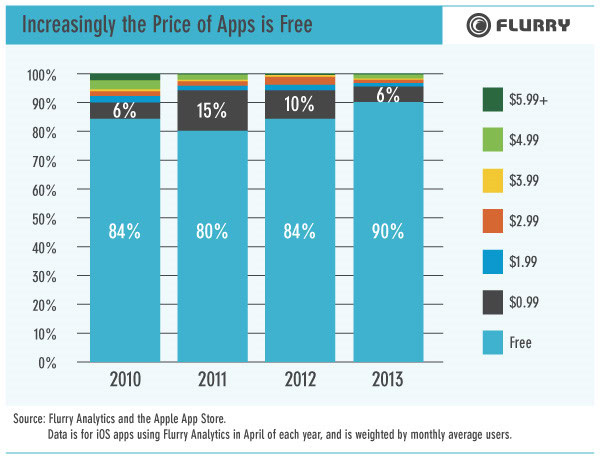
Paid app revenue has fallen in recent years and as a result, paid app distribution is now hovering at just around 10%. Paid apps are not dead however. There are a few instances where a paid application is still preferred and can be more profitable than a free app with ads. A general rule to follow when deciding whether or not to charge for an application is to determine the niche that it fills.
If an app is relatively specialized in the type of functionality it offers and therefore targets a very specific type of user, then the app should probably be paid. An example of this might be an app for pilots to aid them in navigation. This type of app caters to a small set of users who are likely to expect not only to pay, but pay a relatively higher price to get the functionality that your app provides. A quick glance through any paid category in the Play Store will also give you examples of apps that logically assume a paid model. These include such apps as home screen launchers, icon packs, widgets and live wallpapers. Since these generally do not have an interface or distinct environment where users spend their usage time, ads cannot be presented, therefore paid is likely the developers only option for monetization.
Free Apps (With Ads)
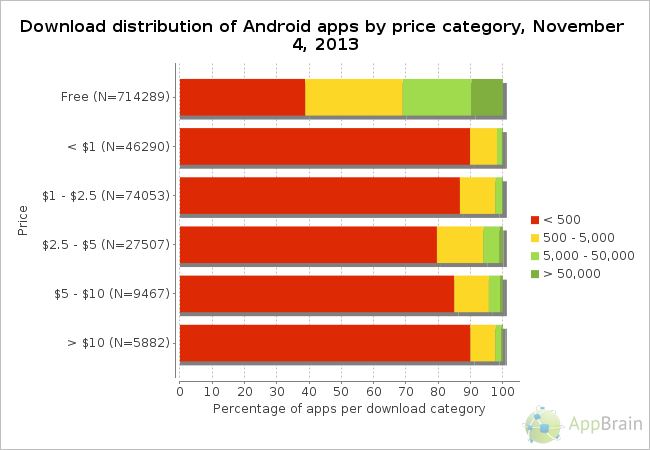
Another option available to the developer of a free application is to offer it without ads in hopes of attracting a large number of users very quickly. This works well for an app which provides a service, such as a social network that is hoping to also attract potential investors with a large user base. Instagram is a great example of a success story from this category. The photo-centric social network sold to Facebook in 2012 for $1 billion, based primarily on the potential to profit from its millions of users with future monetization strategies. While building a business around such a hypothetical outcome is strongly discouraged, it does prove the flexibility of the free app model.
In-App Purchases
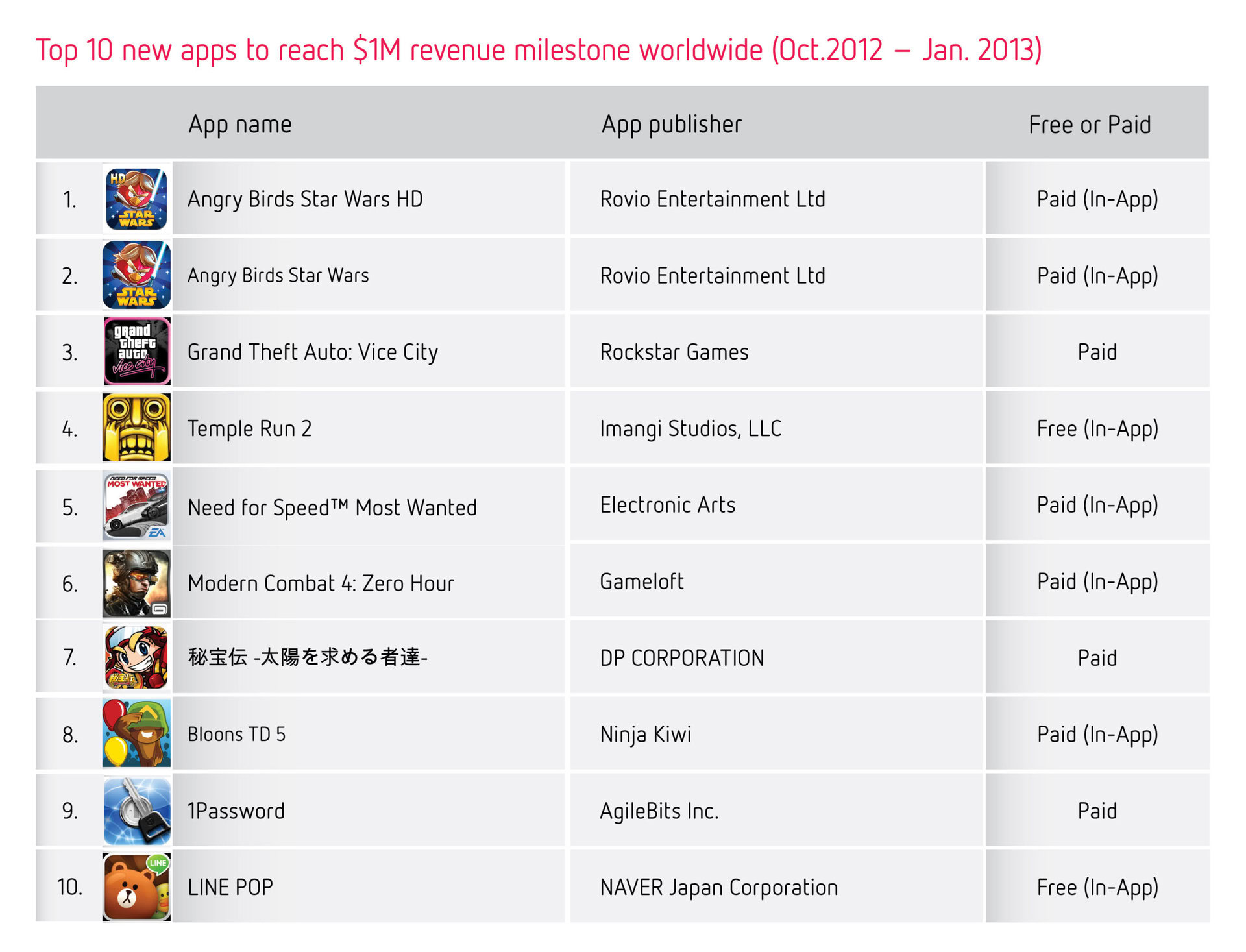
Such a strategy can work well with many other app categories as well, such as selling additional photo filters, or unlocking more fine-grained settings and controls within your utility app. It is important to note that for this model to work a delicate balance must be struck. Charging too much too often can quickly make users feel like they are being “sold” and drive them into the hands of your competition. Get the mixture just right though and you just may have a self sustaining enterprise on your hands.
Other Forms of monetization

Some less explored strategies for monetizing smartphone applications also include subscription-based and affiliate and referral marketing structures. These methods of generating revenue, while less widely used, are nevertheless effective when paired with the right app. The affiliate and referral strategy works particularly well in apps where products are potentially involved. These apps display relevant content to the user that when clicked, directs them to a retailer or manufacturer for purchase, on which the developer is then paid a percentage or commission. This type of monetization may be well suited to apps that offer content based on fashion, furniture and home decor.
Ultimately there is no magic potion for making money on app development. While Facebook-sized success stories often stand out in the media, a sobering fact is that 68% of Android developers sit below the poverty line of $500 per month in app revenue. iOS fares only slightly “better”, with 61% of its developer subsisting off of Ramen Noodles. However, the right combination of idea, ability and a business plan can go a long way in finding the right formula. We would love to hear from the community on this one. Do you have any successes or failures you would like to share? If you feel that your experience with app development, good or bad, might help others in the community, please drop a line in the comments and let us hear your story. Let us know!